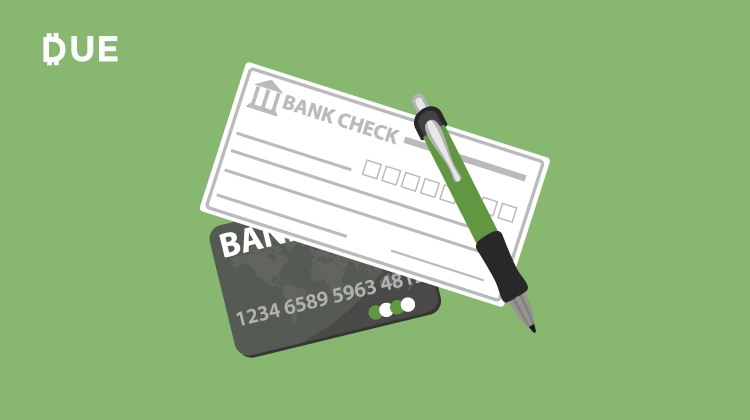A 2017 Harris poll found that 78% of Americans live paycheck to paycheck, up from 75% a year earlier. That number is astounding. That is over 250 million Americans living by the skin of their teeth, waiting anxiously for their next paycheck to arrive and act as a lifeline until the next one. Even those making six figures have some struggles, with 10% of that group living paycheck to paycheck, according to a CareerBuilder survey. According to this data, if you are reading this in the United States right now, you are more likely than not living paycheck to paycheck, and by a big margin.
If you do find yourself living paycheck to paycheck, are you doing anything to fix it? No one saw success in their finances by ignoring problems hoping they would fix themselves! The first step to moving away from a paycheck to paycheck lifestyle is understanding where your paychecks go. While it should be part of Personal Finance 101, many people lack knowledge in this area. Follow along with this article to learn step one of shifting from financial struggles to financial savings.
The paycheck to paycheck formula
How does one find himself or herself living paycheck to paycheck? It’s easy! After all, American schools teach almost nothing about personal finance. It only takes a few bills and recurring expenses to bring your finances to the brink. Once that happens, getting back on track and building a savings account is quite a challenge.
Over the last few decades, the costs of housing and healthcare have grown at a far faster pace than the average income. This means our fixed costs are going up, and discretionary incomes inevitably go down. CreditLoan.com recently surveyed 1,000 individuals on their paycheck habits, and its findings are in alignment with existing paycheck to paycheck data.
The data makes it clear that funds run out right as payday is around the corner regardless of pay frequency. When we do slip up, the data says it is most likely a fun or impulse purchase. But those aside, we can still do more to improve our finances and escape the paycheck to paycheck cycle.
Breaking down your spending
To get out of a paycheck to paycheck lifestyle, the first step is better understanding your spending. You should know where every dollar goes, and use that information to make better informed spending decisions. Many people have no idea how much they spend every month on things like coffee, dining out at restaurants, cable TV, and other places where we could easily make a small change and save a lot of money.
There are a handful of free budgeting apps designed to help you better manage your money. The biggest and best known is Mint.com, though there are many great Mint alternatives as well. Here is a quick rundown on some budgeting apps to help you get started:
Mint – The oldest and best known of the big online personal finance tools, Mint is owned by Intuit, the owner of both TurboTax and Quickbooks (and formerly Quicken). This free, online budgeting app includes both a web browser and mobile app version. It supports a wide range of accounts, and its budgeting tool is front and center. The app automatically tracks your spending by category from linked credit and debit cards and matches each transaction against your budget.
You Need a Budget – Also known as YNAB, this app is built around the idea of giving every dollar you earn a job. Some dollars go to rent or mortgage, some go to food and dining, some go to savings and investments, and some go to the holiday gift fund so you don’t get a surprise credit card bill in December. It costs $5 per month, but if it gets you out of the paycheck to paycheck grind, that is $5 monthly dollars well spent.
Personal Capital – This app has budgeting features that are best for those who have a high income and want to budget at a higher level. While it does offer automatic transaction categories and matching, it is more focused on monthly cash flow in total than tracking each dollar. However, you certainly do track every purchase with this app just like Mint and YNAB. Personal Capital is best known for its investing tools and paid investing service, but you can use the budgeting tools for free!
Clarity Money – My recent favorite mobile budgeting app, Clarity Money offers a clean, easy to use dashboard with your most important information at the forefront. I enjoy viewing recent transactions, account balances, spending versus income, and my credit score on my phone, plus other fun and useful insights. And, like Mint and Personal Capital, it is free to use.
Get on a budget and start saving for a stable financial future
Once you get on a budget, escaping paycheck to paycheck is much easier. You know where your money is going, and if that doesn’t reflect your values you have easy options to make cuts and save. Don’t spend your money on keeping up with the Joneses. Follow your own financial goals, spend smart, save from every paycheck, and you’ll be on track for a great financial future.

















